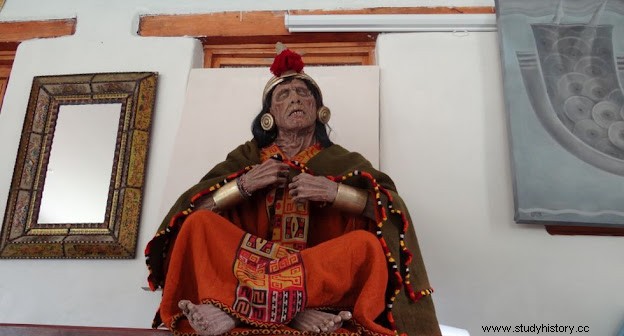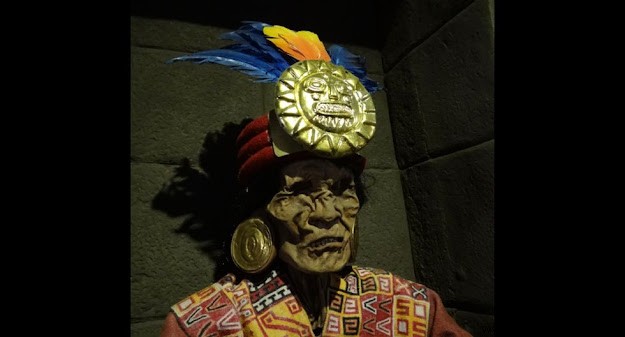In the Inca empire, death had strong links with daily life. According to historians, this Andean society had spiritual and time concepts different from those of Western civilization. Therefore, they believed that their ancestors remained on earth after their death. The dead were part of their environment and intervened in decision-making. Several chroniclers narrate that the most important leaders and curacas were subjected to mysterious mummification techniques after their death. These mummies, instead of being removed from public life, occupied privileged places in their palaces. There they received care, venerated them, took them out in procession and could also carry out civil activities such as getting married.
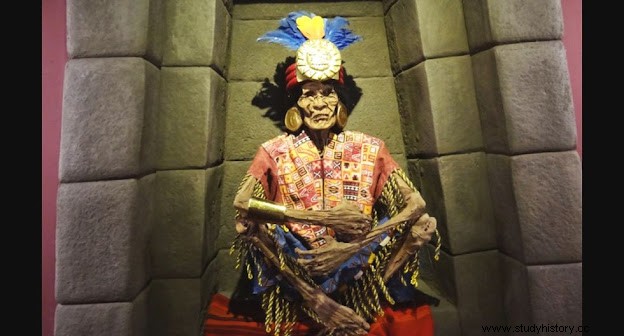
“The mummies were not perceived as dead, but as alive. As such, they could be hungry, thirsty and cold. They had to eat and drink, warm themselves with fires, be cleaned and changed clothes. They also participated in the festivals, they visited each other and their living relatives, "explains German researcher Stefan Ziemendorff to El Comercio, who has studied in depth the history of the Inca mummies. According to Ziemendorff, an unusual testimony about the treatment of the Mummies in the Incas is offered by the Spanish encomendero Polo de Ondegardo, who in 1559 had seized several mummies from the panacas of Cusco. In 1571, Polo de Ondegardo related that the head of a panaca had drunk with and on behalf of a mummy. It is even narrated that this chief carried the mummy with him on his back to make it urinate.
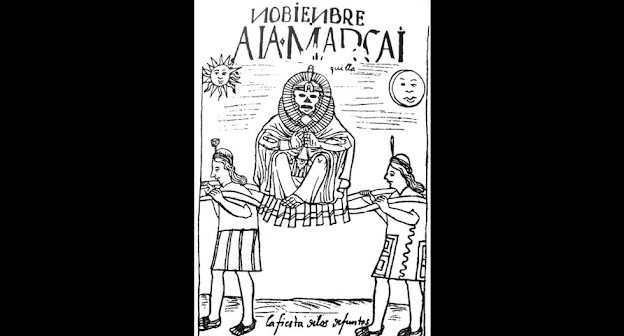
They kept their possessions Pre-Hispanic tradition indicates that the Incas left no inheritance after they died. The mummies continued to 'live' in their palaces in Cusco and even kept their country houses around the imperial city. According to Ziemendorff, Chinchero was a region that belonged to Túpac Yupanqui, Calca to Wiracocha, and Yucay to Huayna Capac. After his death, these rulers kept their possessions. "As an example, the conquering notary Sancho de la Hoz wrote in 1534:"Each deceased lord has his house here and everything that was paid to him in life, because no succeeding lord can after the death of the ancestor take possession of his inheritance. Each one has his gold and silver dishes, things and clothes apart from him, whoever happens to him takes nothing away from him, ”says Ziemendorff. In general, in Tahuantinsuyo widows could remarry. The exception was the wives of the Inca rulers who had to stay with their mummies when they died. And these dead had such validity in Inca society that they could continue to marry.
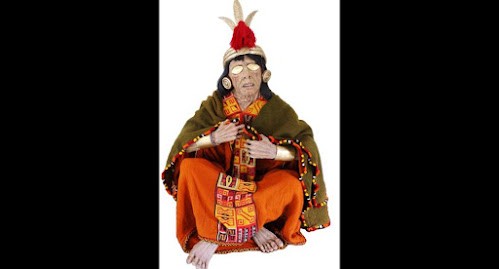
Historian Waldemar Espinoza reports that a colonial document from Cajamarca found that the daughter of a cacique of that city was sent as a wife to Huayna Cápac by order of his son Atahualpa. This despite the fact that the great ruler Huayna Cápac had already died four or five years earlier.
Discontent Ziemendorff also points out that although the subjects of the Incas respected the mummies, the numerous lands that the dead had accumulated came to irritate Huáscar when he assumed power in Cusco. “Huáscar proposed that all resources be used from now on only for the living. Several historians think that this revolution against the mummies put a good part of the Inca nobility (particularly the panaca of Pachacútec) on the side of Atahualpa and tipped the balance in the war between brothers”, says the researcher.
